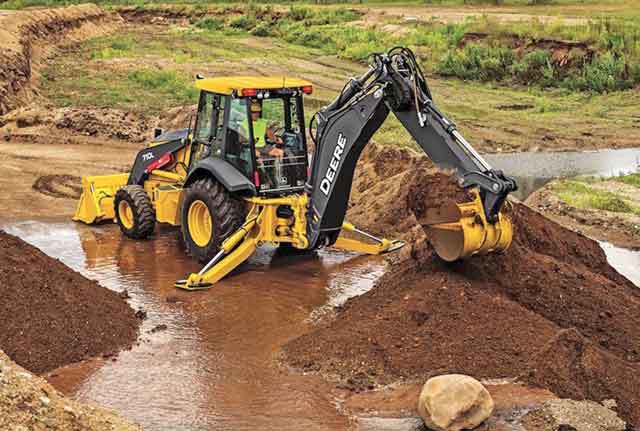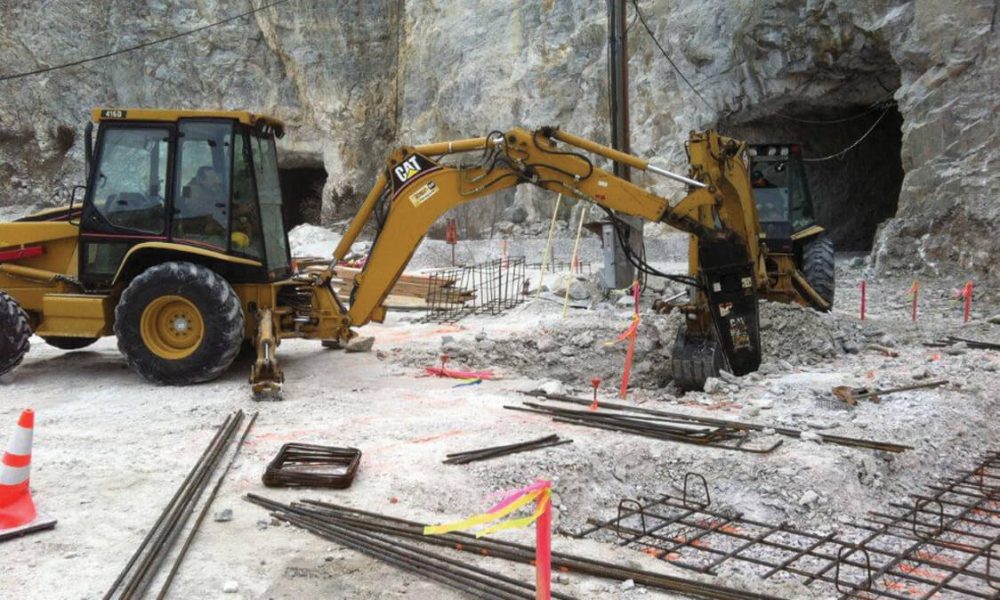Excavating Ohio - Top Excavation Specialists for Ohio Projects
Wiki Article
Comprehensive Excavation Approaches: Grasping the Principles for Success
In the realm of construction and civil engineering, the relevance of reliable excavation techniques can not be overemphasized. The careful planning, exact implementation, and precise focus to information required in excavation jobs require a comprehensive approach that incorporates numerous basic elements. From preliminary dirt evaluation to the implementation of security steps and routine progression monitoring, mastering these core aspects is essential for achieving success in any excavation endeavor. However, real proficiency lies not merely in comprehending these fundamentals however in effortlessly incorporating them to navigate the complexities of excavation projects with skill.Comprehending Excavation Project Preparation

Successful excavation tasks are improved the foundation of extensive and precise planning. The initial stage of any type of excavation task is the drawing board, where crucial decisions are made that can substantially influence the end result of the task. During this stage, it is vital to gather all relevant information regarding the site, including topographical surveys, dirt structure, and any potential threats that might exist. Understanding the project budget plan, timeline, and scope constraints is crucial for creating a comprehensive excavation plan that makes certain the task's success.
One secret facet of excavation project planning is the advancement of a comprehensive timeline that lays out the sequence of activities, milestones, and target dates. This timeline works as a roadmap for the job team, enabling them to track progression and make required modifications to make certain the job remains on routine. Furthermore, a well-defined budget that represents all expenditures, consisting of equipment rental, labor prices, and products, is vital for preventing price overruns and hold-ups. By carefully taking into consideration all these factors throughout the drawing board, excavation tasks can be implemented effectively and effectively, bring about successful end results.
Soil Analysis and Website Analysis
Conducting extensive soil evaluation and site examination is a vital step in the prep work phase of any kind of excavation project. Dirt analysis entails identifying the composition, structure, and buildings of the soil at the excavation website. This info is vital for understanding the soil's bearing capacity, wetness web content, and potential for disintegration, which are key consider figuring out the excavation methods and devices required for the job.Site examination surpasses dirt analysis and encompasses a wider assessment of the overall site problems. This examination consists of identifying any potential dangers, such as underground utilities, environmental concerns, or unstable terrain, that can influence the excavation procedure. By completely examining the site, task supervisors can develop effective excavation techniques that prioritize security, effectiveness, and environmental management.
Utilizing sophisticated modern technologies like ground-penetrating radar, dirt tasting, and drone studies can boost the accuracy and performance of dirt evaluation and site assessment. Investing time and sources in these initial steps can eventually save time and avoid pricey delays or problems during the excavation process.
Equipment Option and Utilization
review Reliable excavation tasks rely greatly on critical tools selection and utilization to guarantee optimum performance and performance. Picking the right tools for the task is crucial in making best use of performance and minimizing downtime. Elements such as the sort of soil, deepness of excavation, and task range play a considerable role in establishing the most suitable devices for the job handy.
In addition to picking the appropriate devices, appropriate utilization is crucial to task success. Operators has to be educated to take care of the tools safely and efficiently - lancaster excavation. Regular upkeep checks and prompt repair work assist stop malfunctions and make sure constant performance throughout the job
Precaution and Regulations Compliance
In the realm of excavation projects, focusing on precaution and conformity with regulations is paramount to ensuring a lawfully sound and safe and secure functional atmosphere. Safety and security measures incorporate a variety of methods, including performing complete website evaluations, executing proper signs and barriers, and giving ample security training for all personnel included in the excavation process. Adherence to regulations, such pop over to this web-site as OSHA needs in the United States, ensures that the excavation project satisfies the necessary requirements to safeguard employees, onlookers, and the surrounding setting.
Monitoring Progress and Adjusting Strategies
Just how can predict managers efficiently track the development of excavation projects and adjust their methods appropriately to enhance results? Monitoring progression is crucial for making certain that excavation tasks remain on track and meet target dates. Job managers can make use of different tools and strategies to track development, such as daily progression reports, normal site inspections, and progressed tracking technologies like drones and general practitioners tracking systems. By continuously keeping track of the task's innovation, managers can identify any kind of prospective hold-ups or problems early on and take aggressive procedures to resolve them.
Final Thought
In conclusion, mastering the basics of extensive excavation methods is vital for the success of any project. By understanding project preparation, analyzing soil and website problems, selecting appropriate devices, abiding by safety laws, and keeping track of development, project supervisors can make certain a reliable and smooth excavation process. Executing these strategies will cause effective outcomes and reduce possible threats or problems throughout the excavation job.
The first stage of any kind of excavation task is the planning stage, where essential choices are made that can considerably affect the end result of the project. Recognizing the job budget plan, range, and timeline restrictions is important for producing a detailed excavation strategy that makes certain the job's success.
Just how can forecast managers efficiently track the development of excavation projects and adapt their methods as necessary to enhance end Our site results? By carefully keeping track of development and being prepared to adapt techniques, task managers can improve the total success of excavation tasks.
By understanding project planning, evaluating soil and site conditions, selecting suitable devices, conforming with security guidelines, and keeping an eye on progression, job supervisors can make sure a effective and smooth excavation process.
Report this wiki page